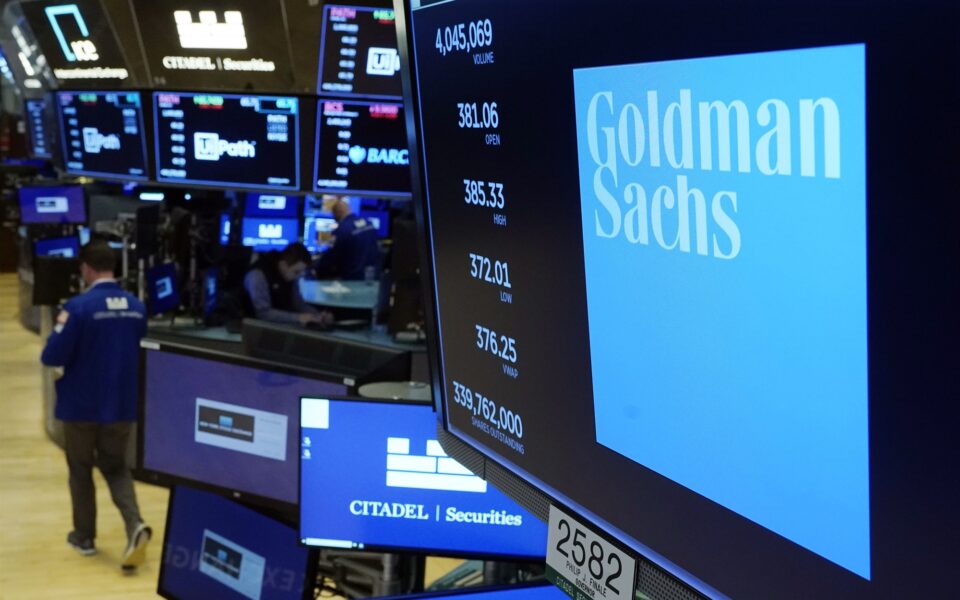Prices set to spike in 2022
Goldman Sachs economist talks to Kathimerini

Prices will remain high for the next two years but will peak in 2022, Senior Global Economist at Goldman Sachs Daan Struyven tells Kathimerini, warning of the risk of inflation triggering a wage-price spiral that will have negative consequences on investments and growth.
He says that the surge in natural gas prices is driving inflation in Europe, while in the US it is increased demand stemming from fiscal easing. Struyven also argues that it is more essential for the US Federal Reserve System to raise interest rates at this point than the European Central Bank (which is precisely what the Fed did just days after this interview took place).
How long do you see the high prices lasting? What is the baseline scenario for the timeline of this crisis?
We generally believe that consumer price levels will remain very high but that inflation rates – the rate of change of the price level – will peak this year.
Specifically, we estimate that headline year-over-year inflation has peaked in the US in March at 8.5% (CPI) and will peak at 8.8% in the euro area (HICP) in July.
Looking further ahead, we expect inflation to settle at more normal rates over the next couple of years, that nevertheless remain significantly higher than the pre-pandemic norm. Drivers of structurally higher inflation include tightness in labor markets (especially in the US and the UK), energy markets (especially in Europe), and housing markets, and a rise in inflation expectations.
‘A wage-price spiral, where higher inflation boosts wage growth, would put upward pressure on firms’ costs and therefore again on inflation’
What is the structure of inflation? Which sectors are seeing a rise in prices?
Higher energy prices have boosted headline inflation across both sides of the Atlantic. However, the energy contribution to inflation is significantly higher in Europe as a result of the larger surge in the price of natural gas, where the US is more self-reliant.
The contribution from supply-constrained durable goods to inflation (e.g. cars, furniture, electrical equipment) is significantly higher in the US than in Europe as larger and more front-loaded fiscal easing has boosted US consumer demand for durable goods. Finally, the contribution from the cyclical and persistent core service categories (e.g. shelter inflation) is much larger in the US than in the euro area because a tighter labor market has boosted US wage growth.
Our latest GS wage tracker stands at 5.5% year-over-year in the US vs just 2.25% in the euro area.
Is the challenge the same for the US and Europe?
Both central banks aim to bring down inflation back to the target. However, higher core inflation, higher wage growth, stronger demand in the labor market, and resilient incoming US growth data suggest that the Fed has to tighten financial conditions and raise rates more than the ECB. It is less clear that the ECB faces a major persistent labor market overheating problem, and larger downside risks from the invasion of Ukraine to growth together reduce the urgency to rapidly raise rates in Europe compared to the US.
What does prolonged inflation mean for growth rates and investment prospects?
Higher inflation poses a double challenge to growth and financial markets. First, it depresses real disposable income growth and can therefore weigh on consumer spending, assuming nominal wages do not hold up with headline inflation.
Second, it raises the risk of triggering a wage-price spiral, where higher inflation boosts wage growth, which in turn puts upward pressure on firms’ costs and therefore again on inflation.
A wage-price spiral is not our baseline forecast. However, if it were to happen, it would likely be damaging for the economy and financial markets as undoing the spiral would likely require major tightening in monetary and financial conditions.





